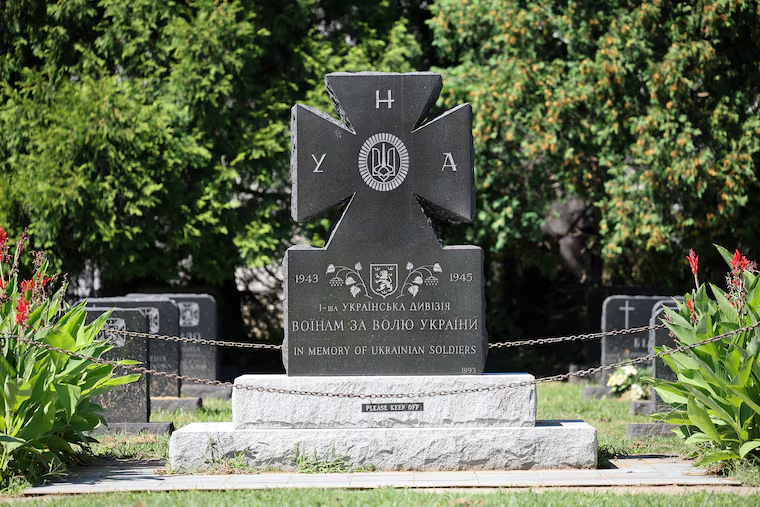National Jewish group calls for removal of Philadelphia-area monument to a Nazi ‘SS’ unit
"This cannot remain," the American Jewish Committee said in a statement. The monument to an SS unit composed of Ukrainian soldiers had previously received little publicity.
